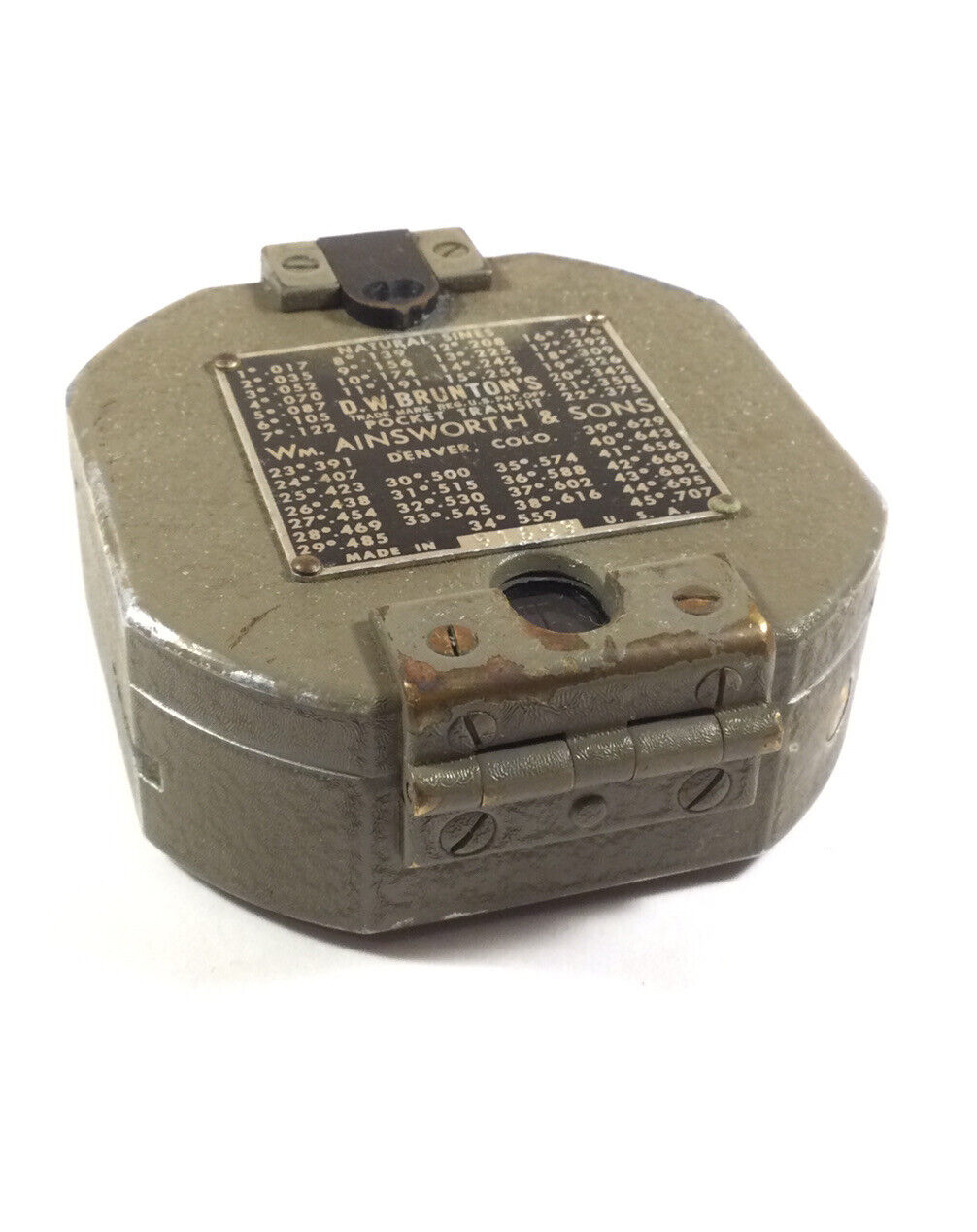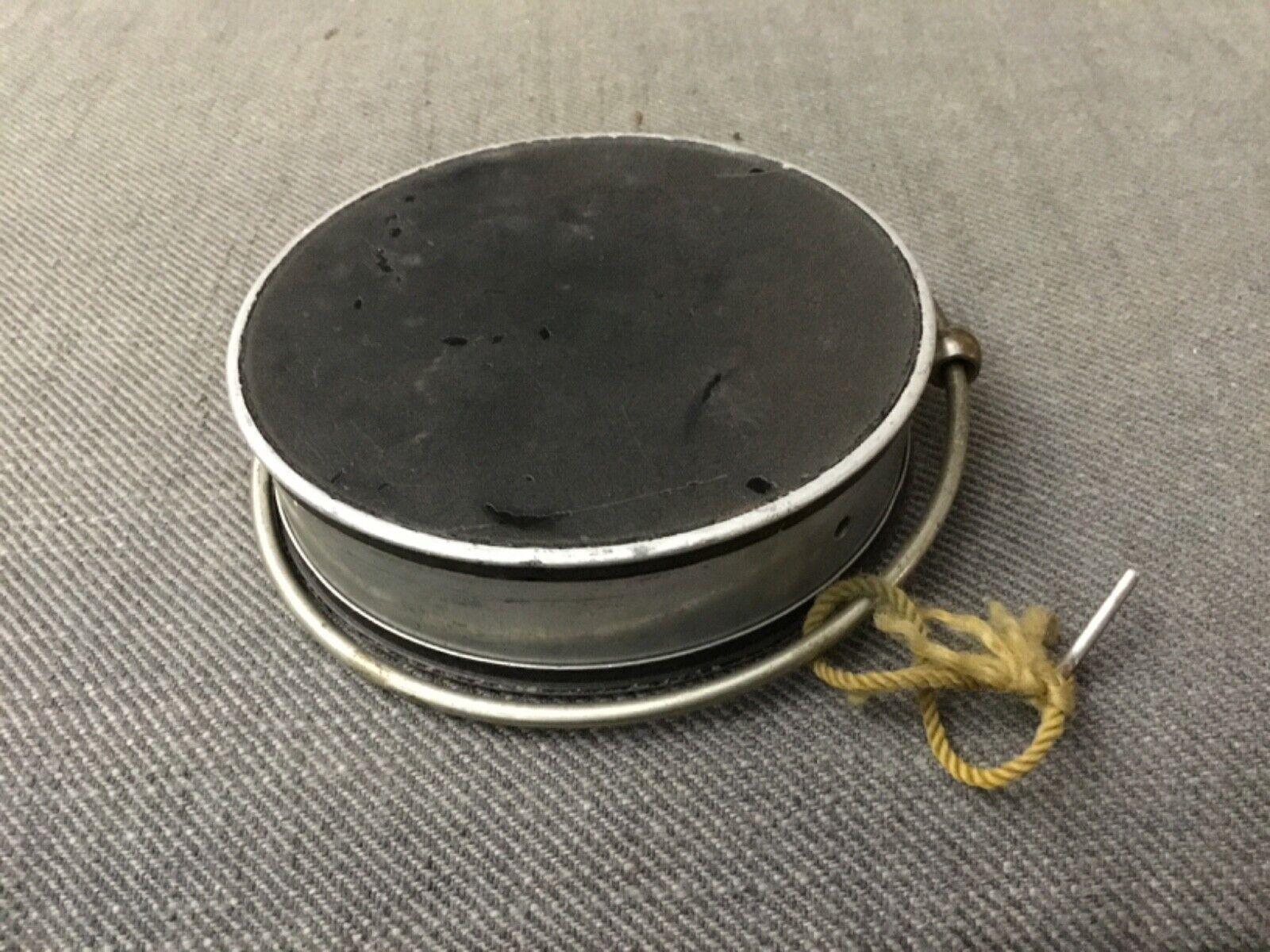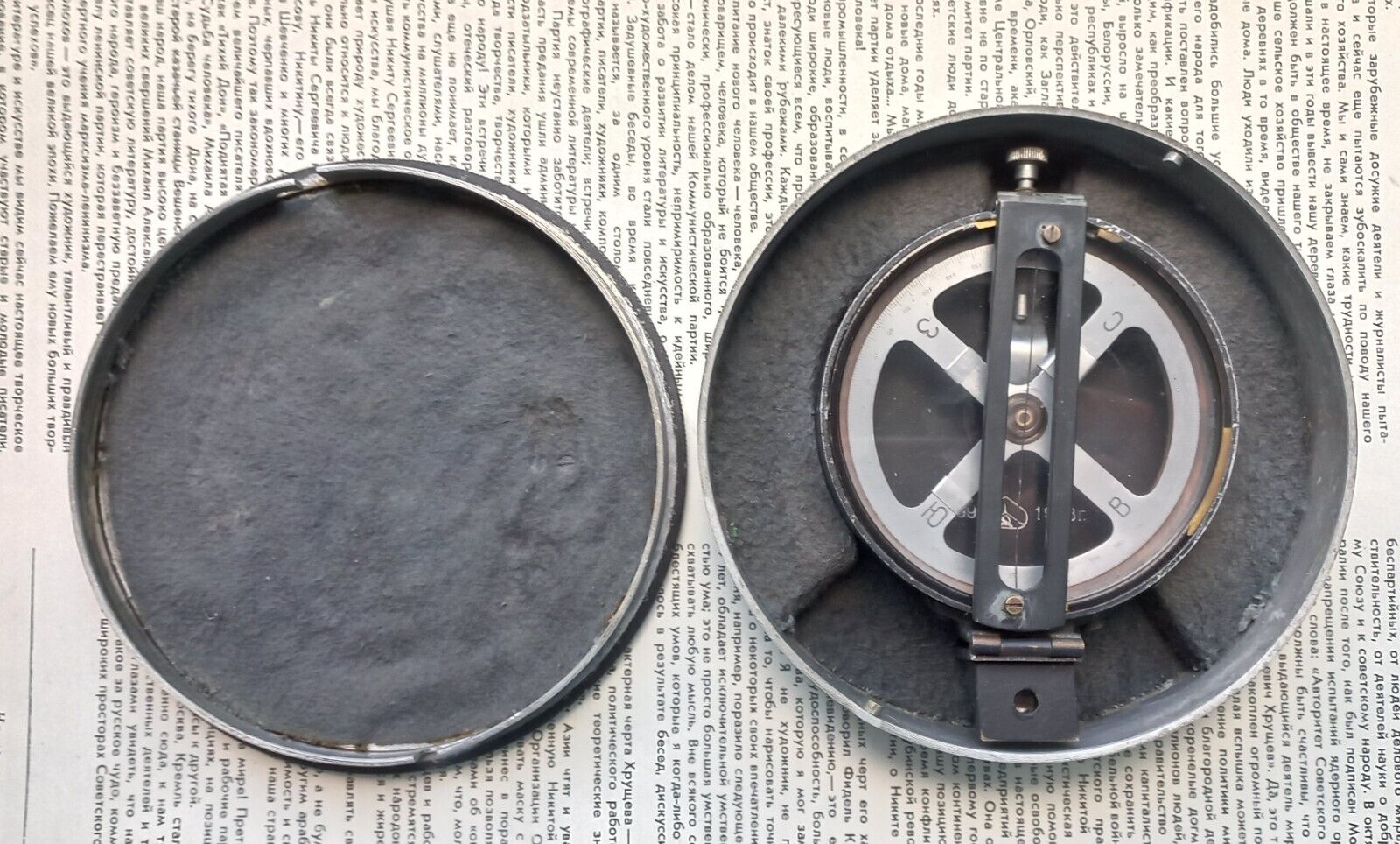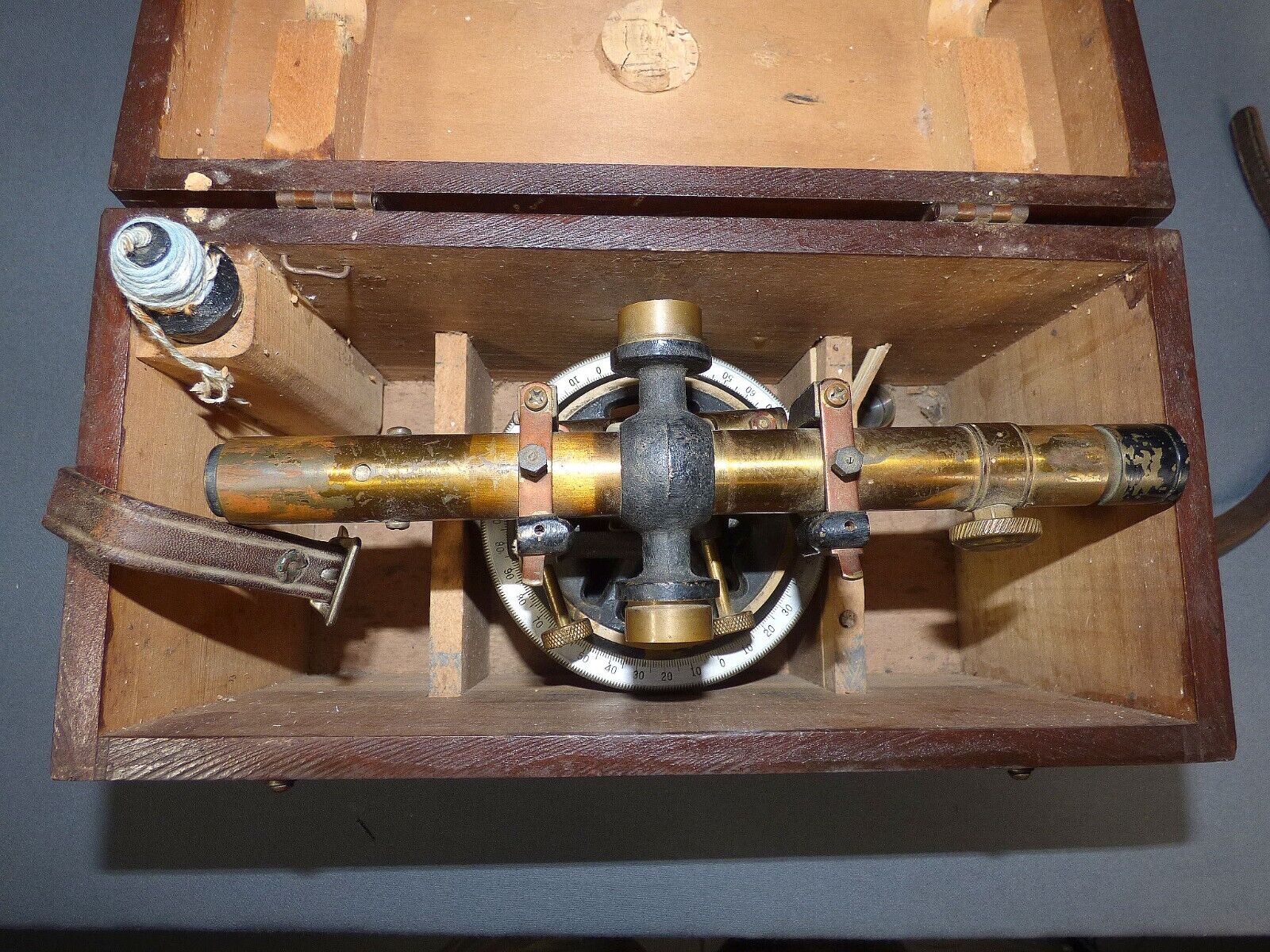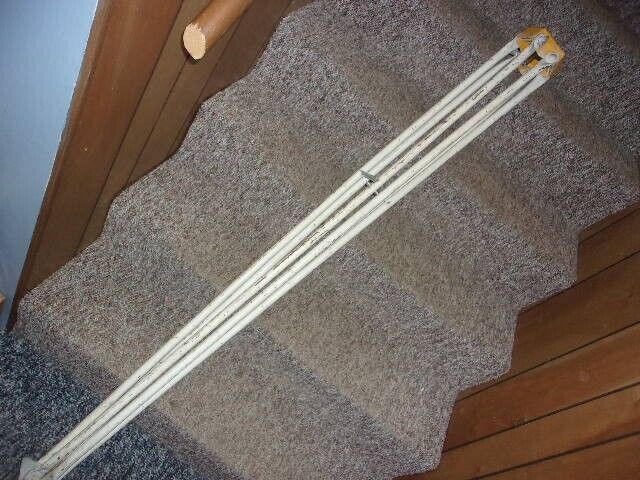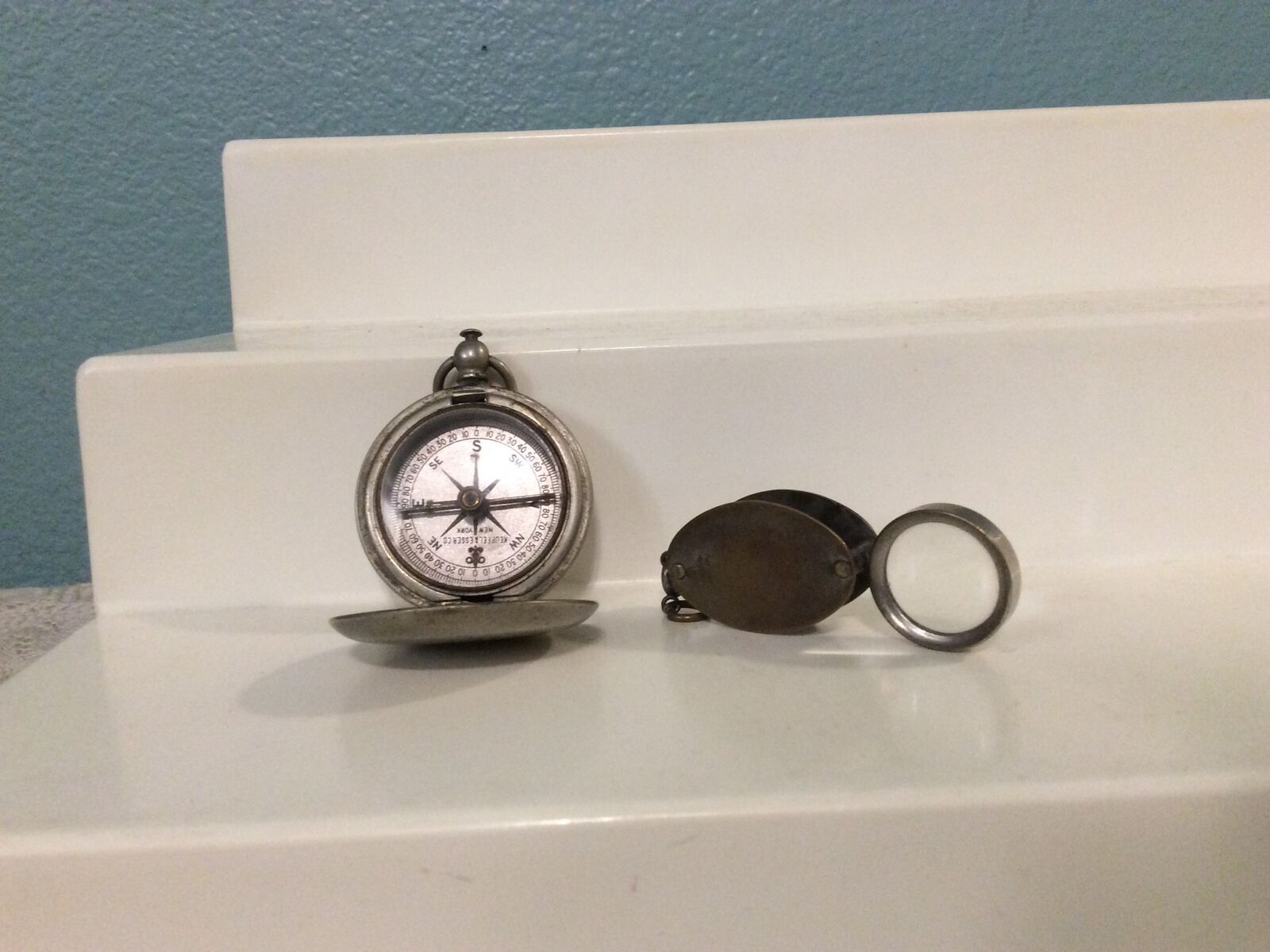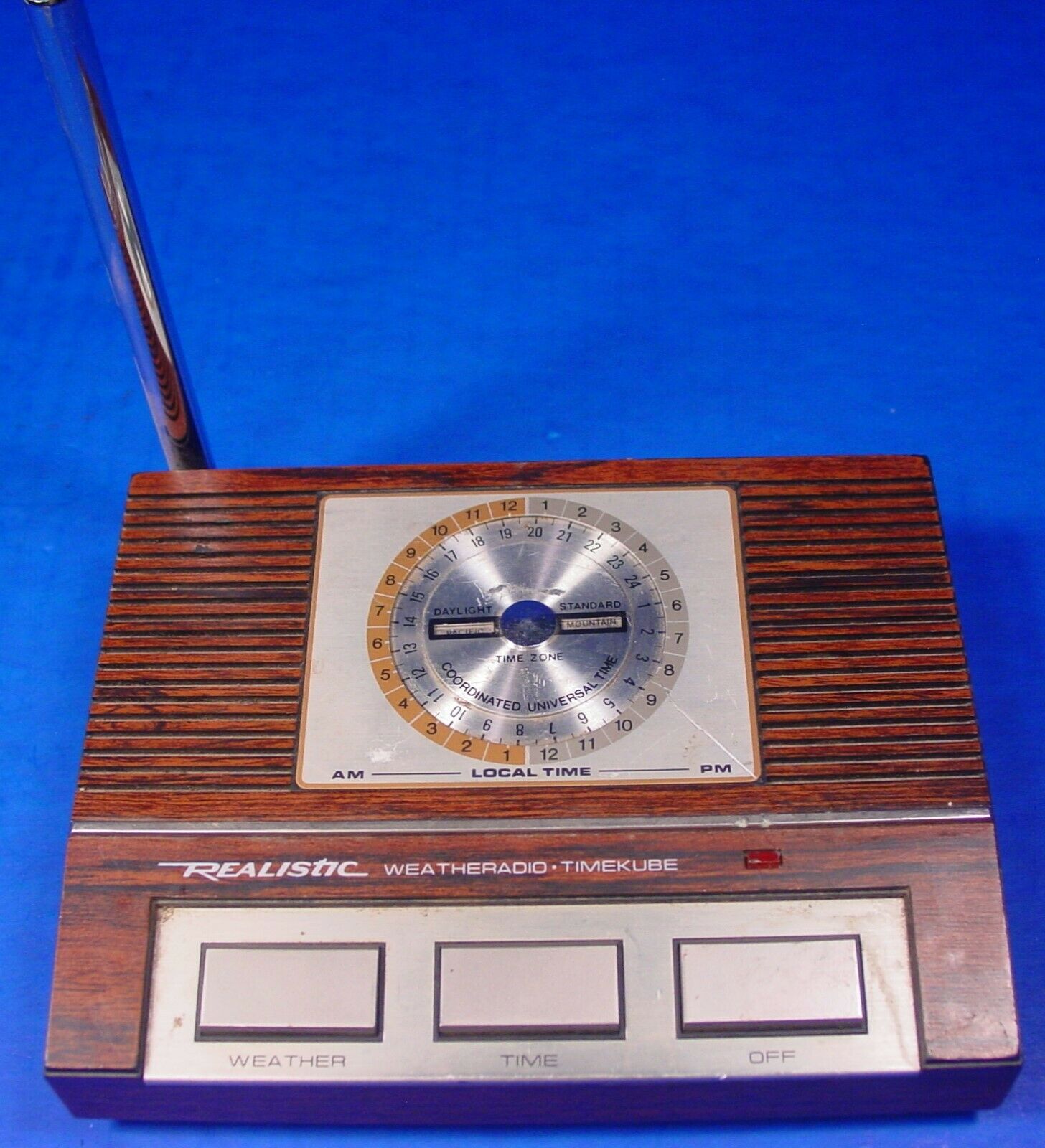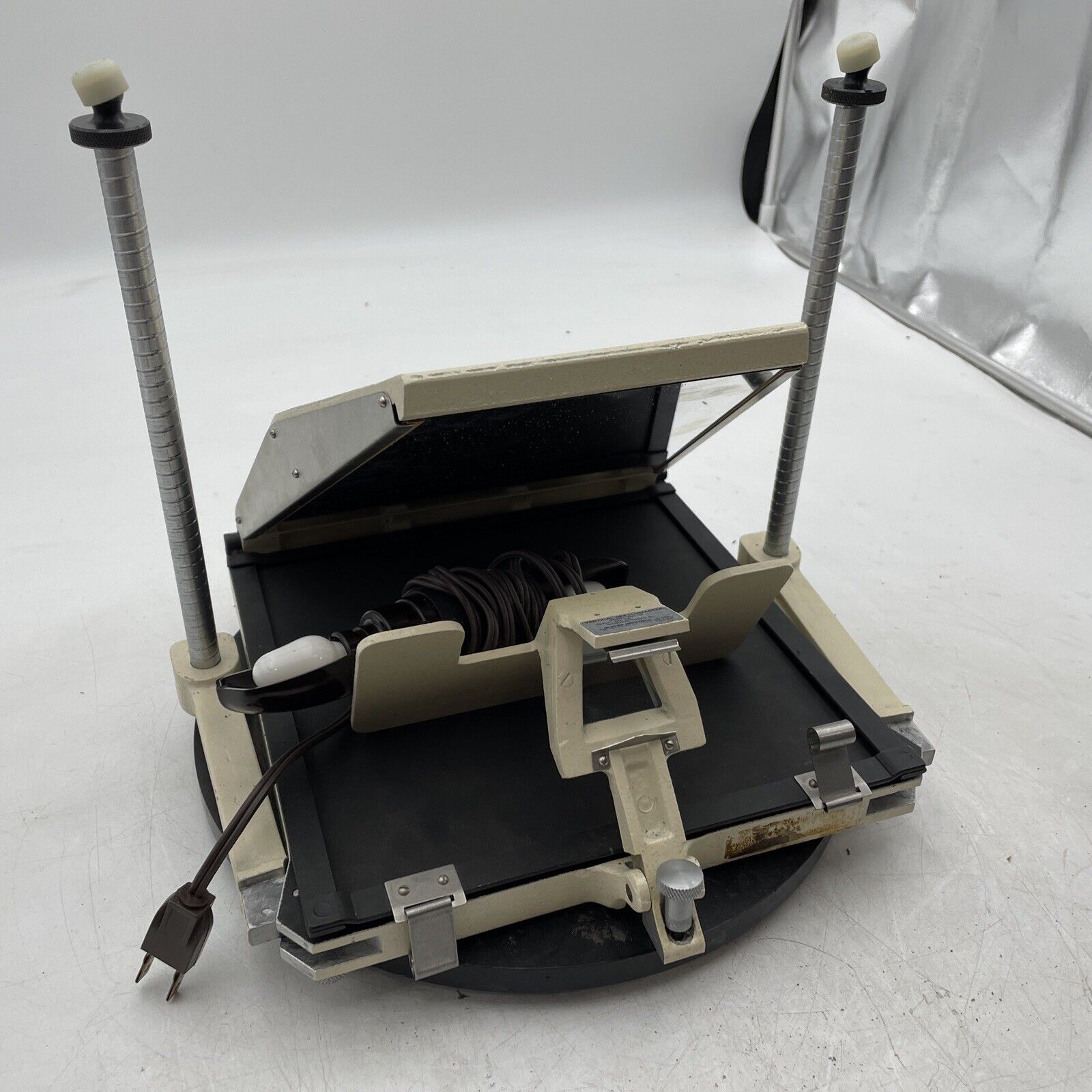-40%
WILD HEERBRUGG - DI3S , Total Station, Rangefinder, Distomat, Theodolite, Theo
$ 78.67
- Description
- Size Guide
Description
unknown condition, impossible to check itThis DI3S was a further development of the DI3 which is very similar but less sophisticated in that the DI3S has a keypad rather than 'throw' switches for setting the angles to convert from slant range to horizontal or vertical distance.
Accuracy: 5mm+5ppm
Range (1 prism): 1000m
Mesuring time: 10 -12 sec
Year of production: 1974 -1978
Wild DISTOMATs were the result of a joint venture between Wild Heerbrugg and the France based SERCEL (Societe d'Etudes Recherches et Constructions Electroniques). The latter firm would later become renowned for their dGPS and RTK-GPS equipment, like receiver models NR103 and NR203, and their dGPS reference station NDS100.
The DI3S was produced between 1974 and 1978. It sends light from a GaAs diode with a carrier wave frequency of 74.927kHz to which a 7.5MHz amplitude modulation is applied. With these frequencies the wavelength of the DI3S is 40 metres for its carrier wave and 4000 metres for its modulation wave. As distance is determined by the total travelling time towards the target and back to the transmitter, phase induced ambiguity will occur at 20 and 2000 metres.2 This means that the surveyor needs to know by an order of 2km how far his target is away from him and add the number of 2kms to the result supplied by the DI3S. Although nowadays this seems quite cumbersome, at the time the DI3S saw the light, this was already an improvement to previous systems by a factor 2.
Accuracy
Distances of up to 1600 metres could be measured using a reflector containing three prisms, for larger distances a nine-fold reflector was available. The accuracy of this early EDM is surprisingly high: 0.005m (1σ, 68%) + 5ppm (0.005m per km), which is as accurate as the somewhat younger 1980 Wild TC1.3 The measured distance could be reduced to a vertical (height difference) or horizontal distance by entering the theodolite's vertical circle reading using the numerical keypad.






